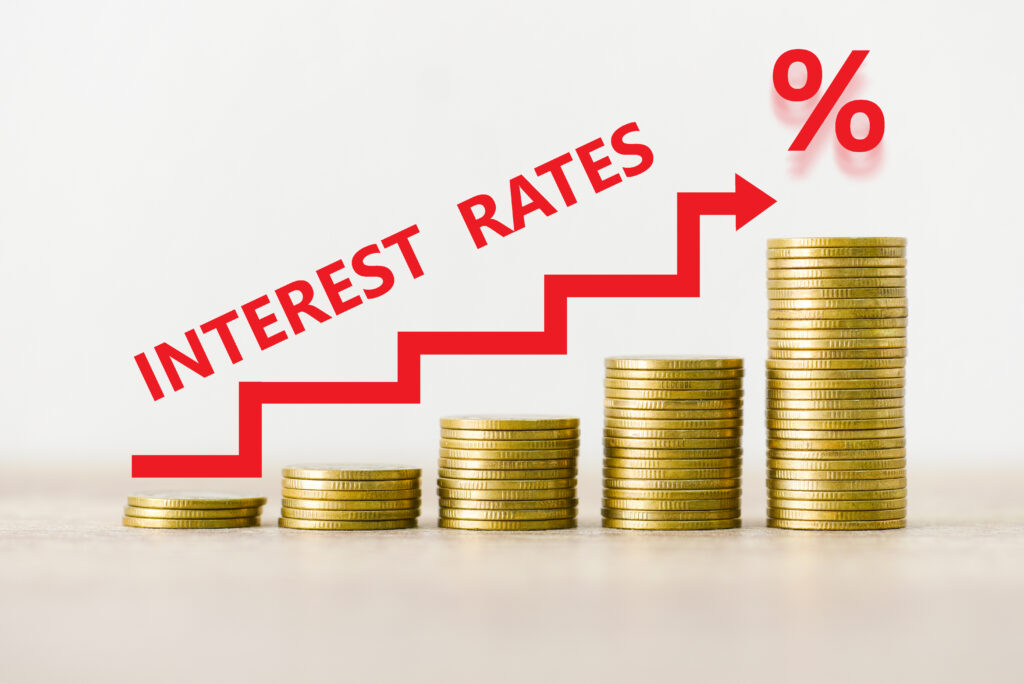Introduction:
As we approach the final quarter of 2023, small business owners find themselves navigating turbulent financial waters, with the specter of interest rates looming large. The economic landscape has been dynamic, shaped by a myriad of factors, but one of the most pressing concerns for entrepreneurs is the impact of interest rates on their businesses. In this article, we will delve into how interest rates have become a significant challenge for small business owners and explore strategies to weather the storm.
The Interest Rate Conundrum:
Interest rates play a pivotal role in the economy, influencing borrowing costs, consumer spending, and investment decisions. For small business owners, the current scenario presents a dual challenge. On one hand, rising interest rates can increase the cost of capital, making it more expensive for businesses to borrow money for expansion, inventory, or operational needs. On the other hand, low-interest rates may encourage borrowing but might signal broader economic challenges, such as inflation or recession, which can have indirect yet profound effects on small enterprises.
Impact on Borrowing Costs:
Small businesses often rely on loans to fuel growth, whether for hiring additional staff, investing in technology, or expanding their product lines. The last quarter of 2023 has witnessed a noticeable uptick in interest rates, leading to increased borrowing costs. This can strain the financial resources of small enterprises, limiting their ability to invest in critical areas that drive innovation and competitiveness.
Managing Existing Debt:
For businesses already carrying debt, the rise in interest rates poses another layer of complexity. Adjustable-rate loans, in particular, are vulnerable to interest rate fluctuations, potentially increasing monthly payments and putting additional strain on cash flow. Small business owners must carefully review their debt structures and explore options for refinancing or negotiating more favorable terms to mitigate the impact of rising interest rates.
Consumer Spending Patterns:
The pulse of small businesses is intricately connected to consumer spending. Interest rates can influence consumer behavior, impacting their purchasing power and confidence. As interest rates rise, consumers may tighten their belts, leading to decreased demand for goods and services. Small business owners must stay attuned to these shifts in consumer sentiment and adjust their strategies accordingly, perhaps by diversifying product offerings or refining marketing approaches to maintain customer engagement.
Adapting Strategies for Resilience:
In the face of these challenges, small business owners must adopt proactive strategies to navigate the changing economic landscape. This includes robust financial planning, exploring alternative financing options, and diversifying revenue streams. Additionally, leveraging technology and streamlining operations can help reduce costs. Thus, enhancing the resilience of small businesses in the face of economic uncertainties.
Conclusion:
The last quarter of 2023 presents a unique set of challenges for small business owners. Along with interest rates emerging as a critical factor influencing financial stability and growth prospects. To weather this storm, entrepreneurs must remain agile, adapt their strategies, and proactively manage their finances. By staying informed, embracing innovation, and seeking strategic partnerships, small businesses can not only survive. But thrive in the dynamic economic landscape of the last quarter of 2023.
Disclaimer: This article is provided for informational purposes only and does not constitute financial, investment, or legal advice. The author and publisher are not responsible for any decisions made based on the information provided. Readers are advised to seek professional advice for their specific circumstances. Any reliance on the information in this article is at the reader’s own risk.
To read more, click here
Thank You For Reading, feel free to ask any questions in the comment section below.
Follow us on Social Media Platforms,
Click Here: Instagram, Facebook, YouTube, and Twitter
Stay Informed, Stay Responsible with My Finance World!
